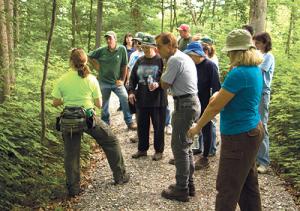On Incompatible Trees
Joe Bennett is Vice President, Engineering for ITC Holdings Corp. He is responsible for the Asset Management, Design and Project Engineering functions as they support the capital and maintenance programs for ITC’s operating entities. ITC is a subsidiary of Fortis Inc.
Those who work at utilities know that keeping incompatible trees away from power lines remains one of the most challenging aspects of our work — putting our companies close to people and the natural surroundings we all treasure.

As builders and operators of high-voltage transmission lines we know that vegetation management can be a sensitive issue for landowners. That's why a vegetation management program rooted in ongoing community engagement and linked to a company's larger environmental efforts can bring greater acceptance of this critical maintenance work.
Defining Vegetation Management
At ITC we define incompatible trees and shrubs as those that potentially can grow to the point of interfering with transmission assets. Selective removal of these plants in urban, suburban, and rural transmission corridors is the cornerstone of our vegetation management program, which seeks to foster a landscape of low-growing, compatible species.
Our foresters, who are International Society of Arboriculture Certified Arborists, routinely inspect our corridors to identify both compatible and incompatible species on a site-by-site basis and to recommend appropriate integrated vegetation management methods.

